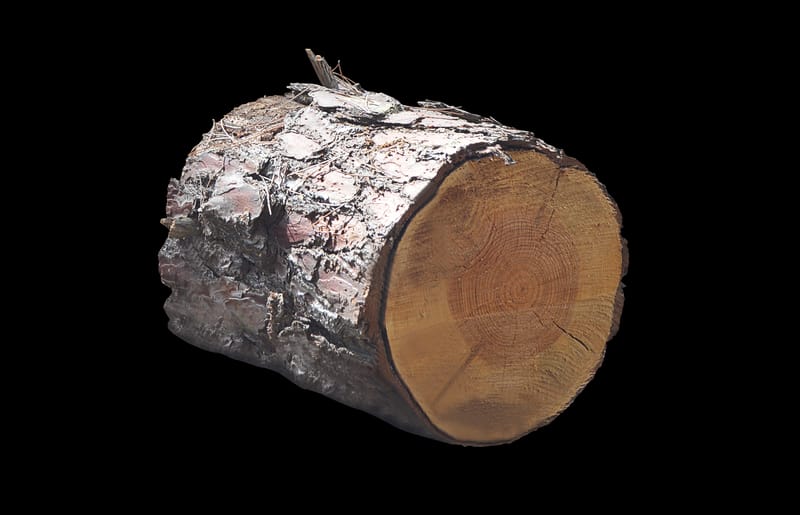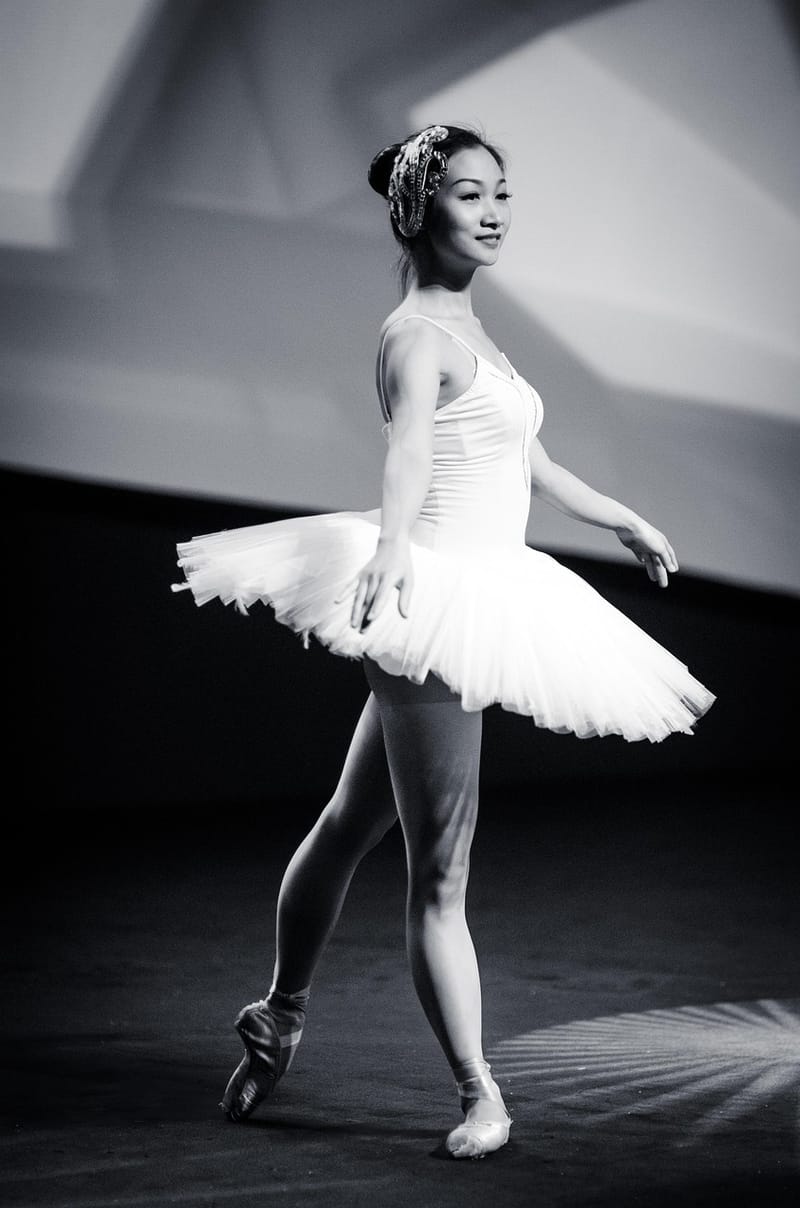Dance - Part 3
Exploring Expressive Movement Forms
Expressive movement forms encompass a wide range of physical activities that emphasize creativity, emotion, and individual expression. In this series, we delve into various expressive movement forms to inspire you to embrace movement as a form of personal expression. In Part 3, we explore two unique and captivating movement practices: Contact Improvisation and Butoh Dance.
Contact Improvisation
Contact Improvisation is a dance form that focuses on the communication between two or more moving bodies. It involves the exploration of weight, balance, momentum, and touch within a shared physical space. Practitioners engage in spontaneous movement interactions, often in close proximity, with an emphasis on listening and responding to each other's movements in real-time.

Contact Improvisation encourages a deep sense of connection, trust, and vulnerability between participants. It challenges traditional notions of choreography and performance, allowing for the creation of unique, unscripted movement sequences that unfold organically through the give-and-take of physical dialogue.
Butoh Dance
Butoh Dance is a form of Japanese avant-garde dance that emerged in the late 1950s. It is characterized by its slow, controlled movements, contorted body postures, and intense physical expression. Butoh dancers often explore themes of darkness, transformation, and the subconscious mind through their movements.

Butoh Dance is deeply rooted in the exploration of the body's limits and the expression of raw, primal emotions. Performances are known for their haunting and surreal quality, inviting audiences to reflect on the depths of human experience and the boundaries of conventional dance forms.
By engaging with Contact Improvisation and Butoh Dance, individuals can tap into new ways of moving, expressing, and connecting with themselves and others. These movement forms offer a profound opportunity for self-discovery, creative exploration, and the cultivation of embodied awareness.
Stay tuned for the next installment in our series on expressive movement forms as we continue to explore the diverse and transformative world of movement-based art forms.
